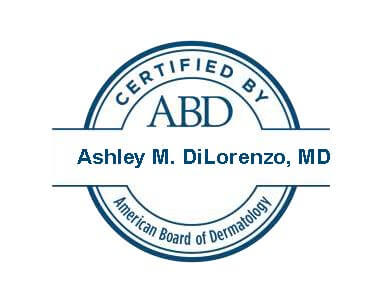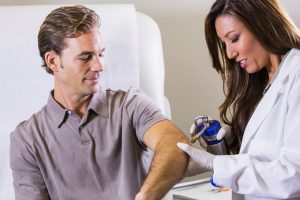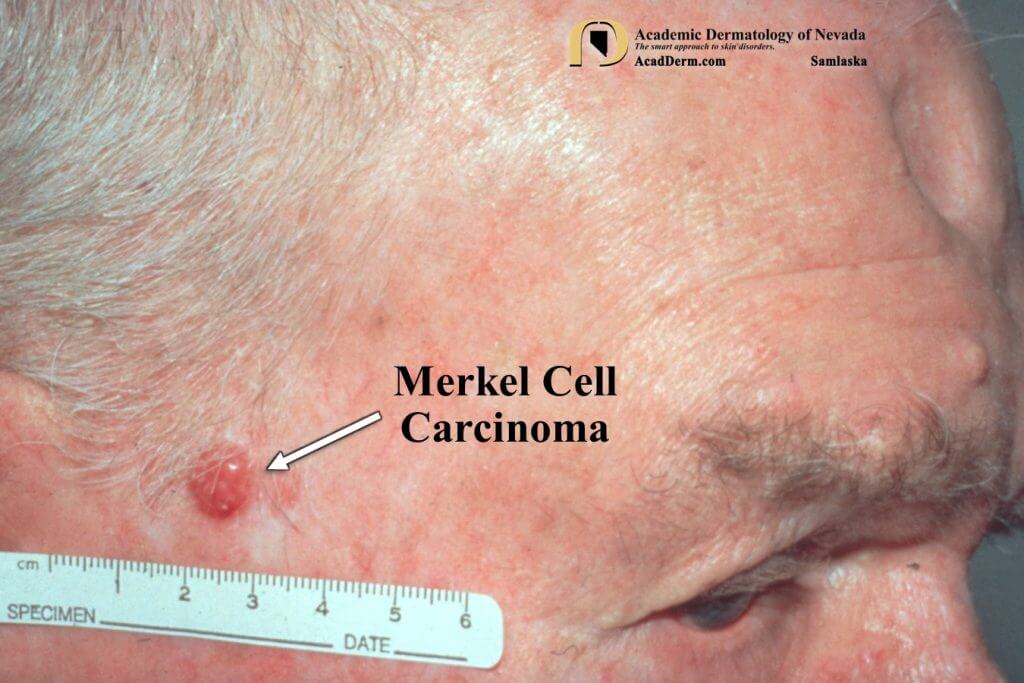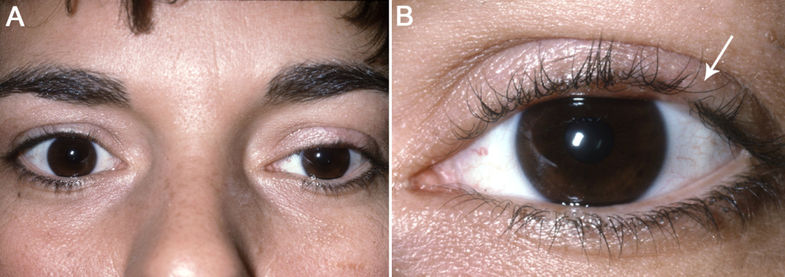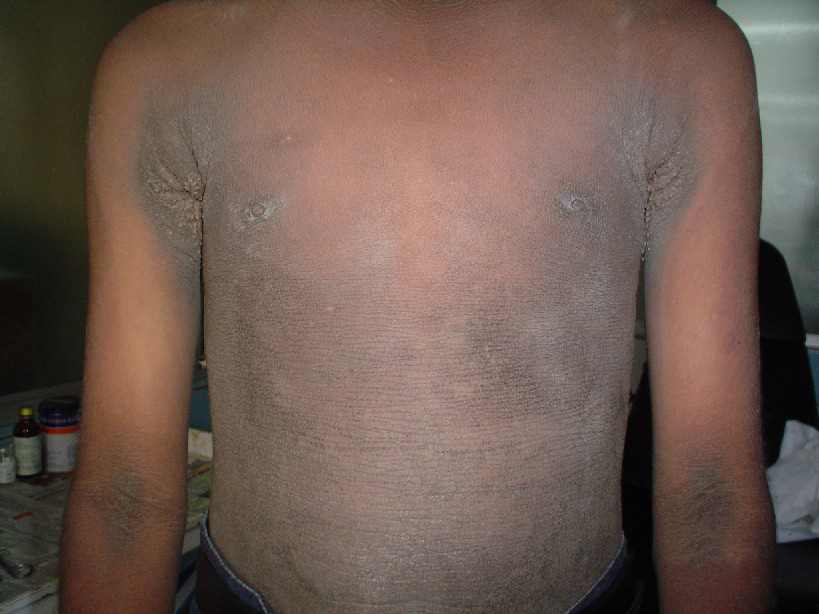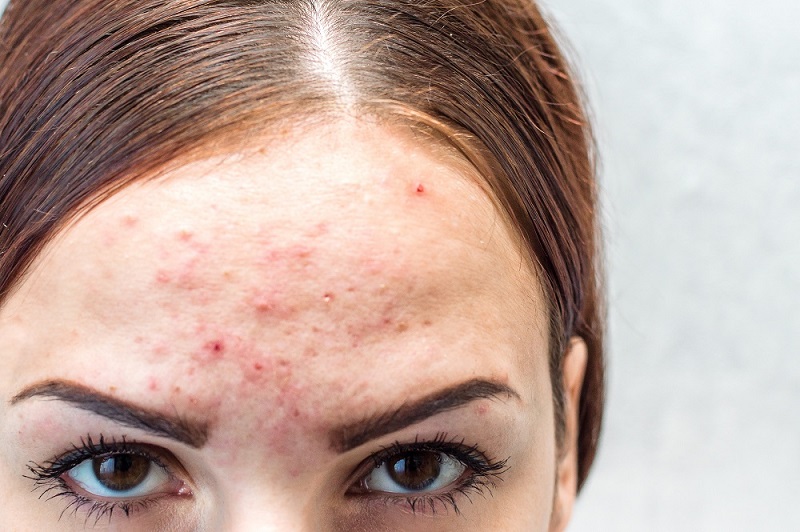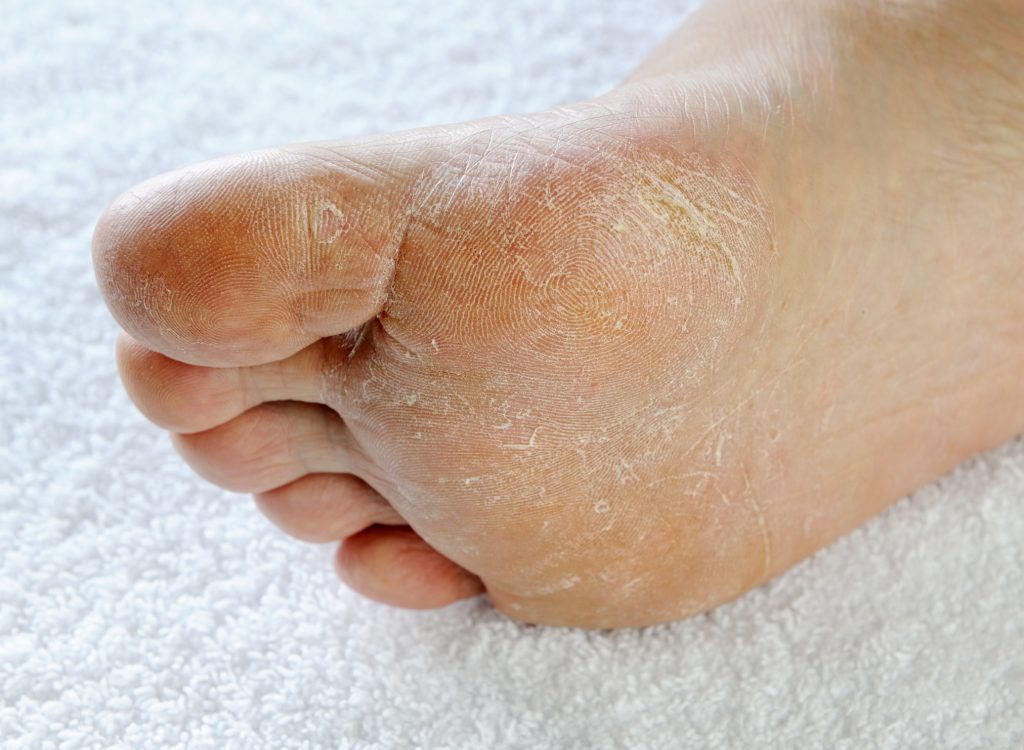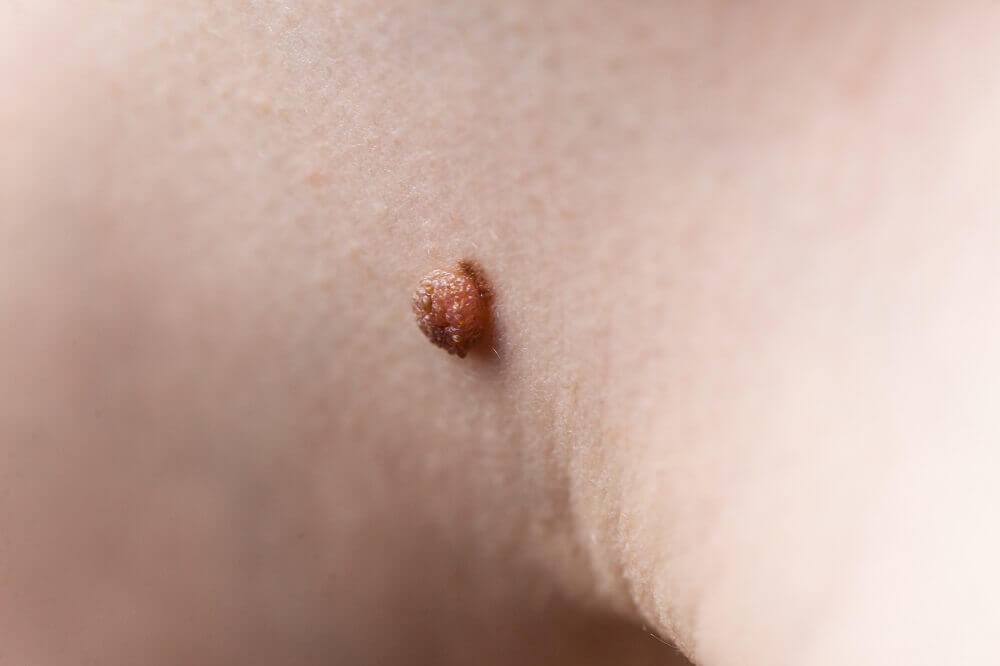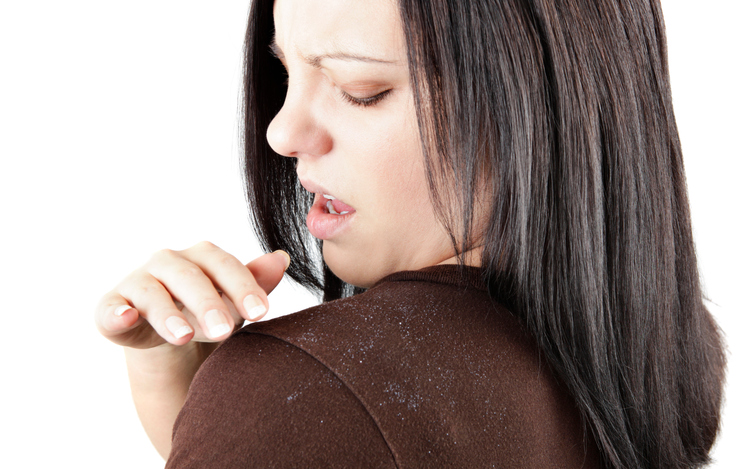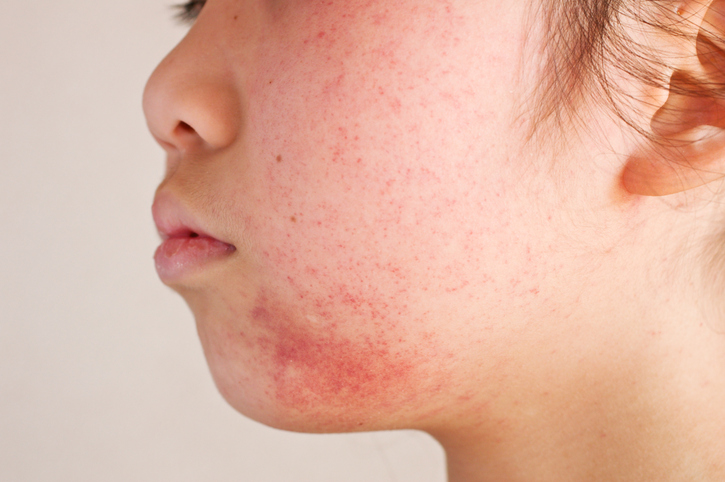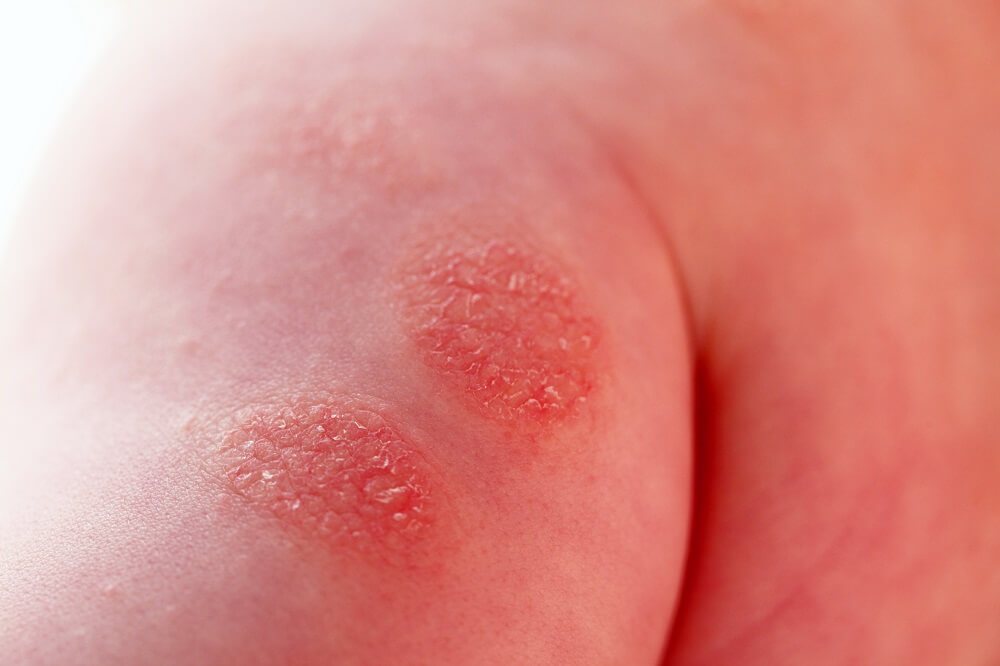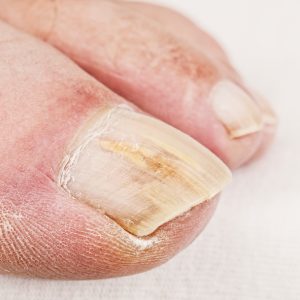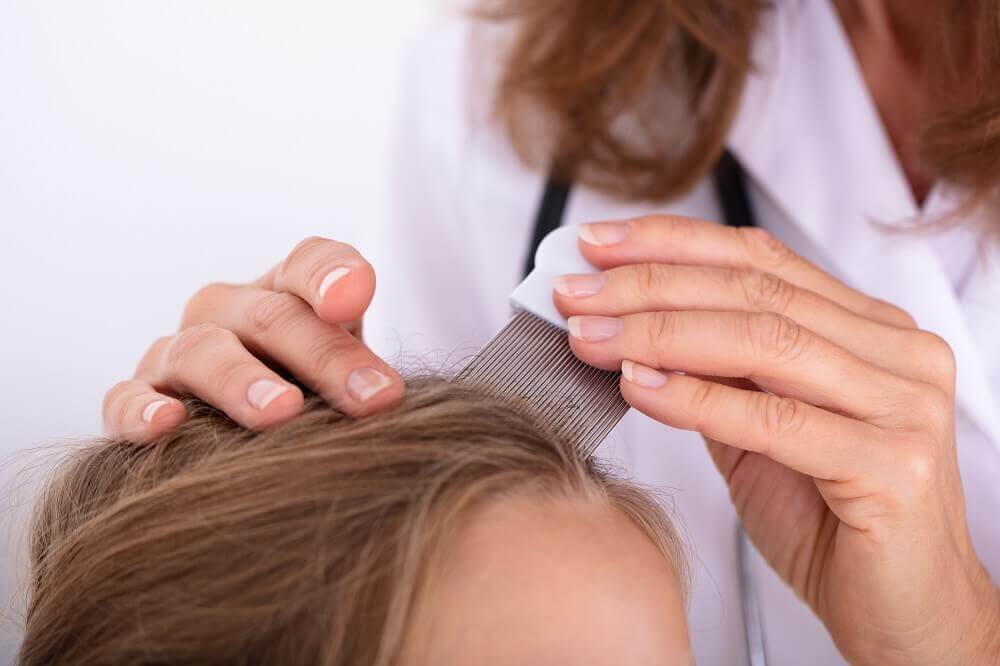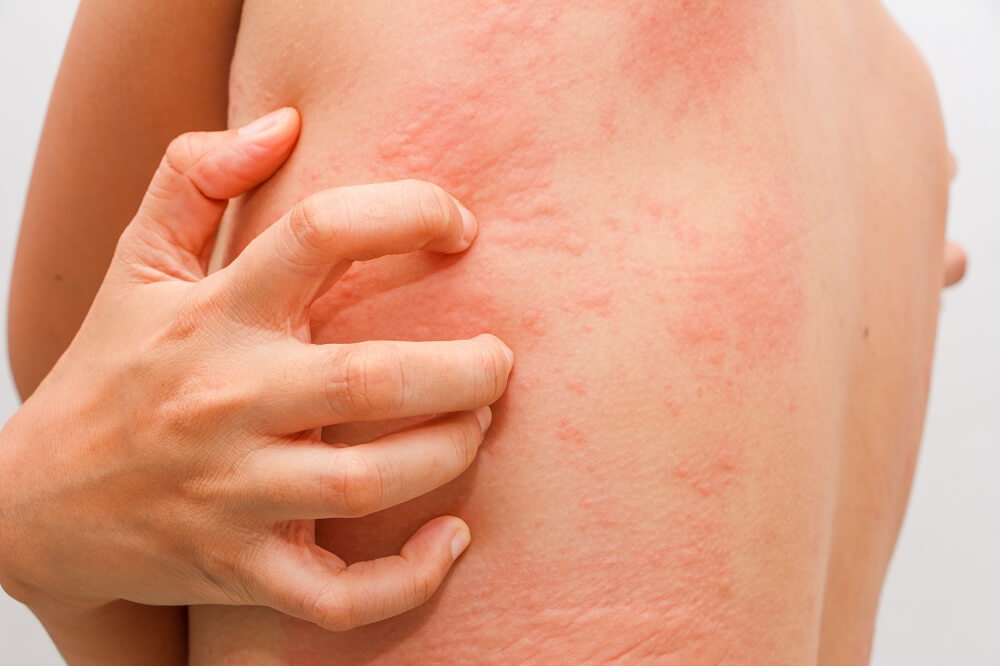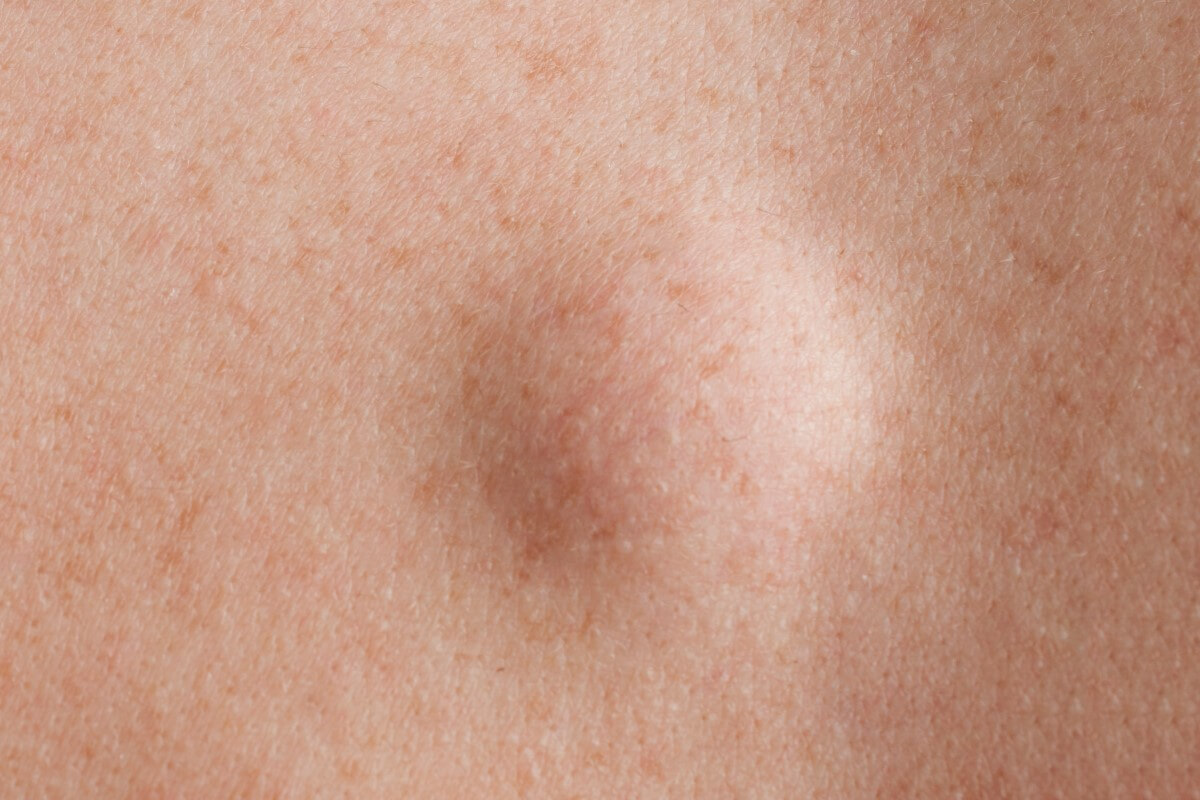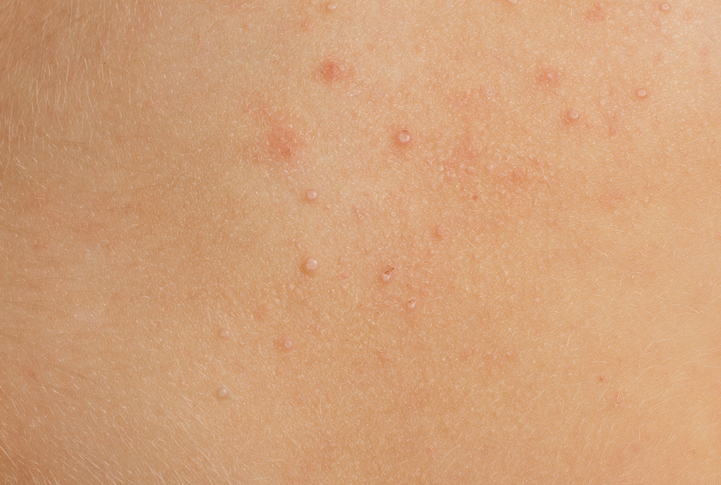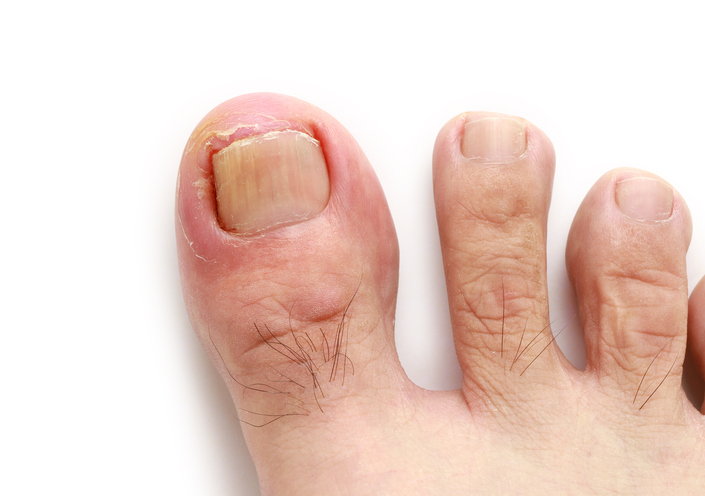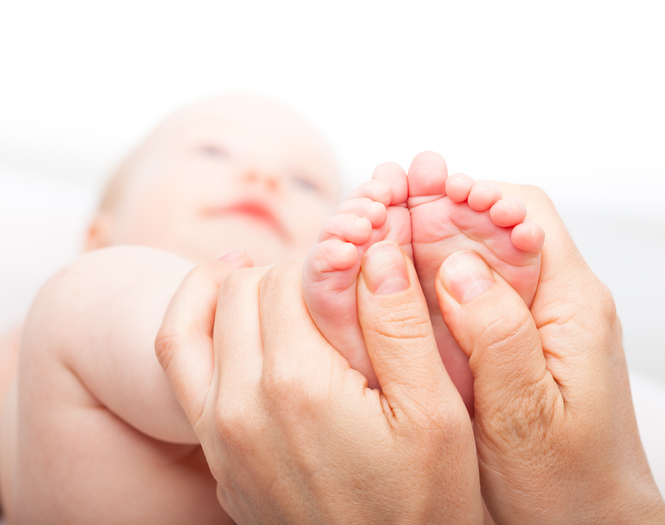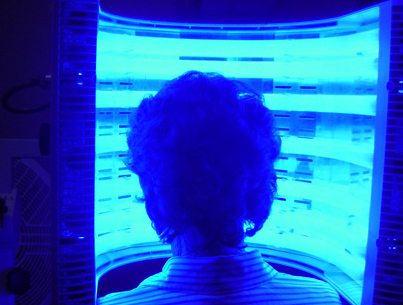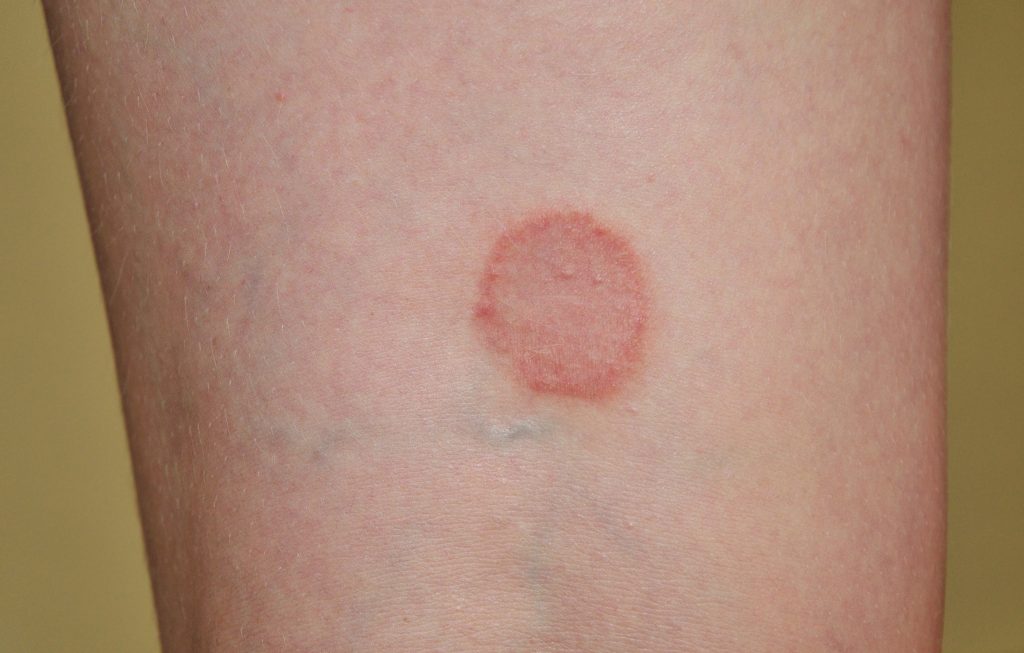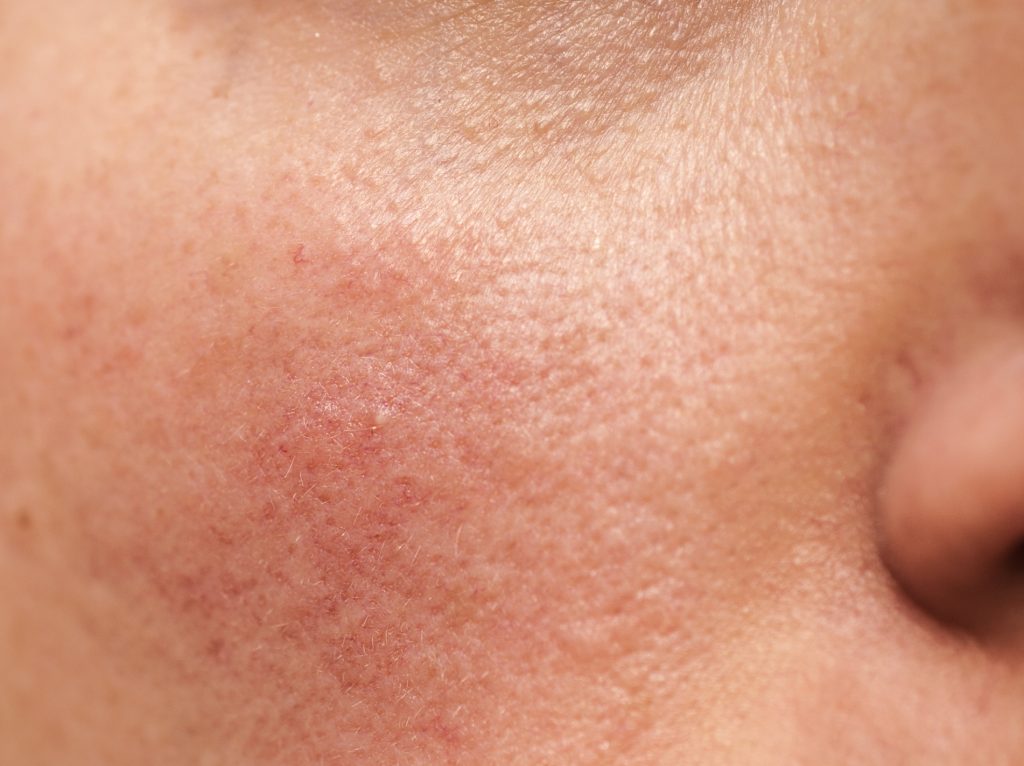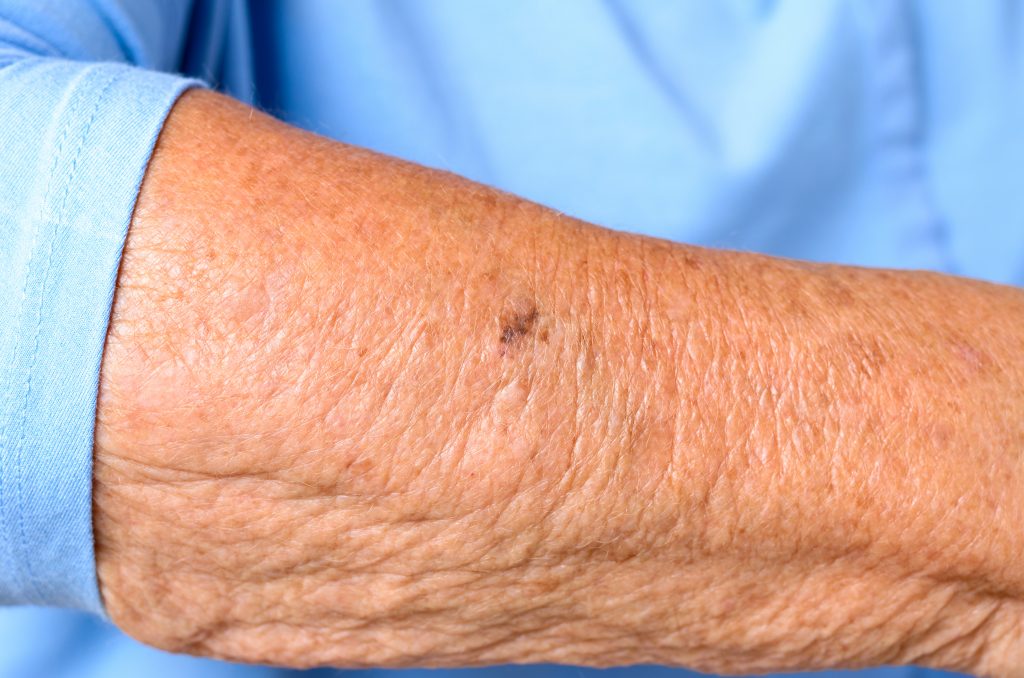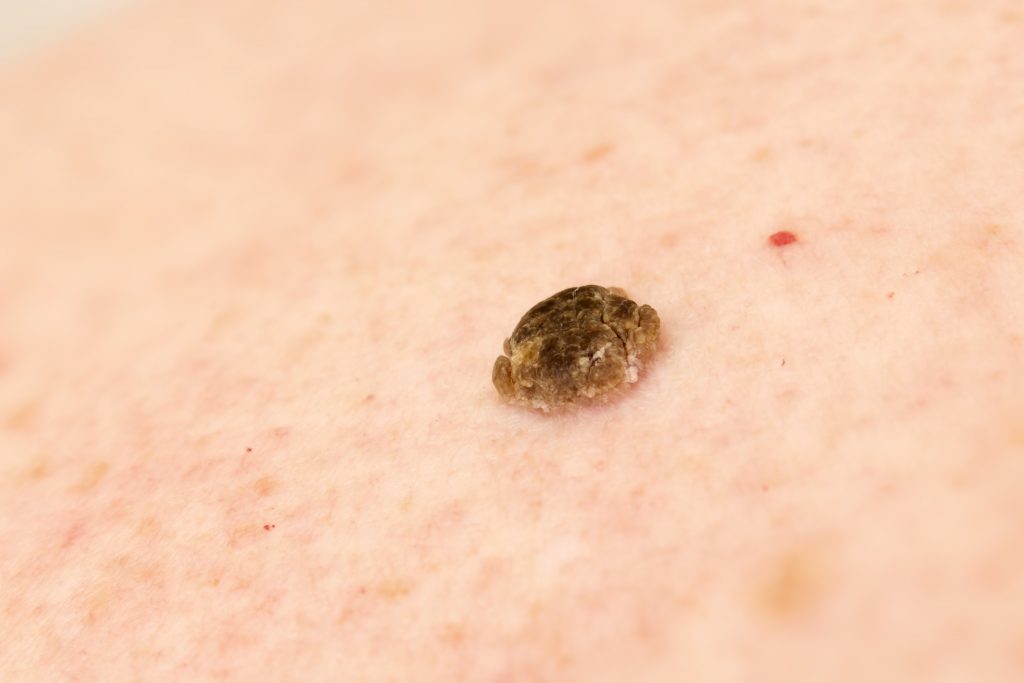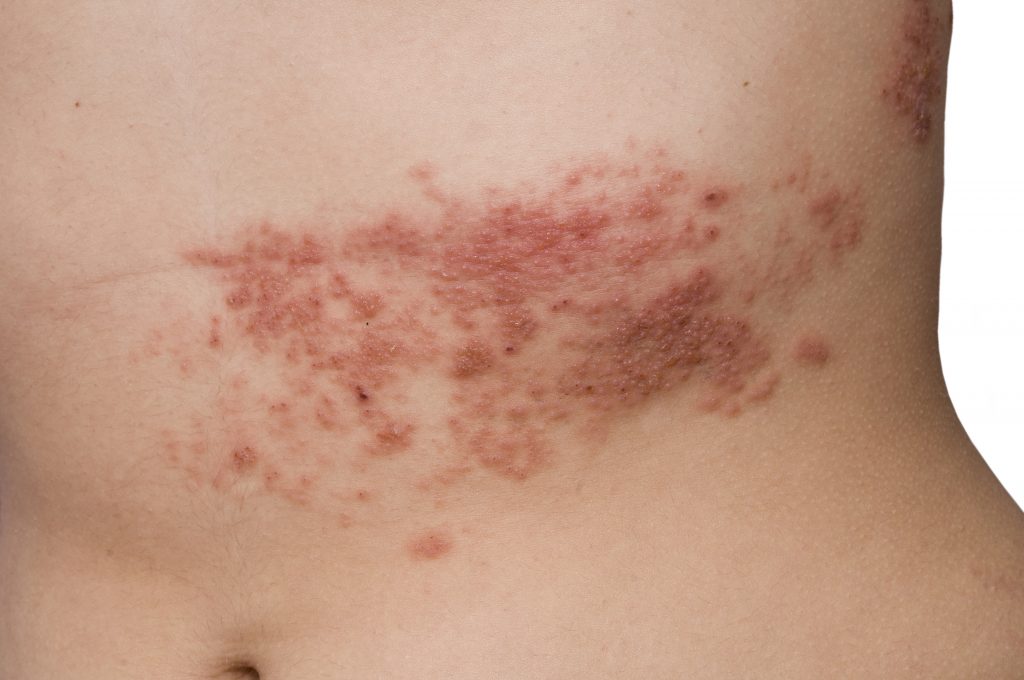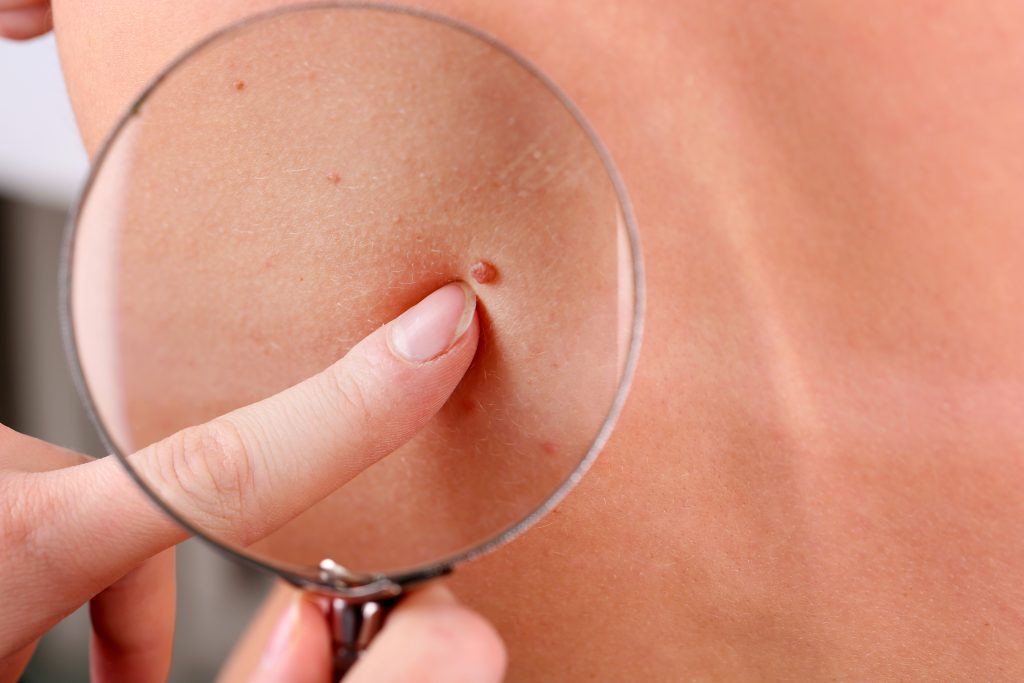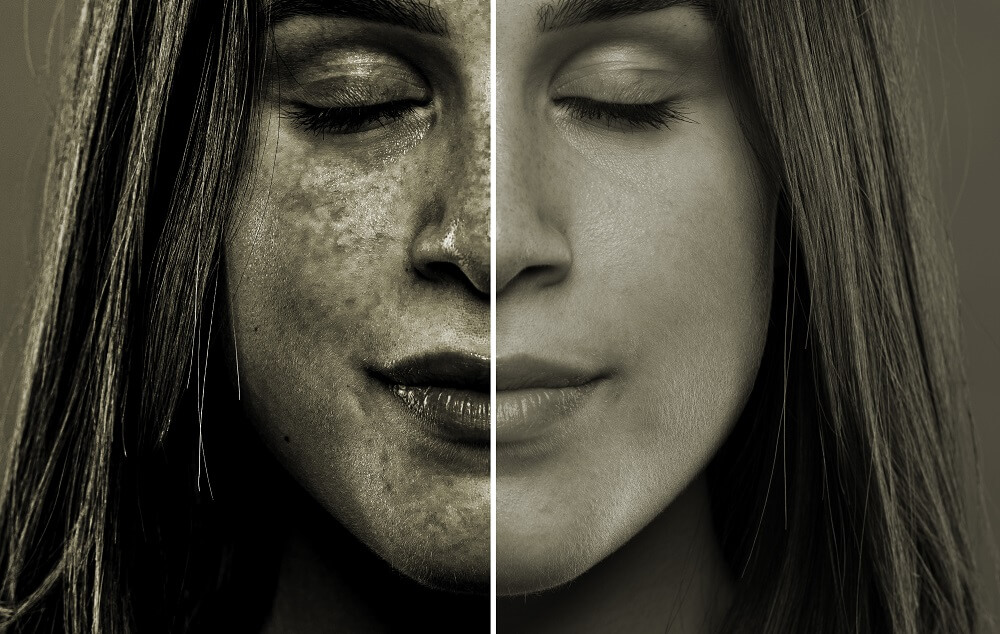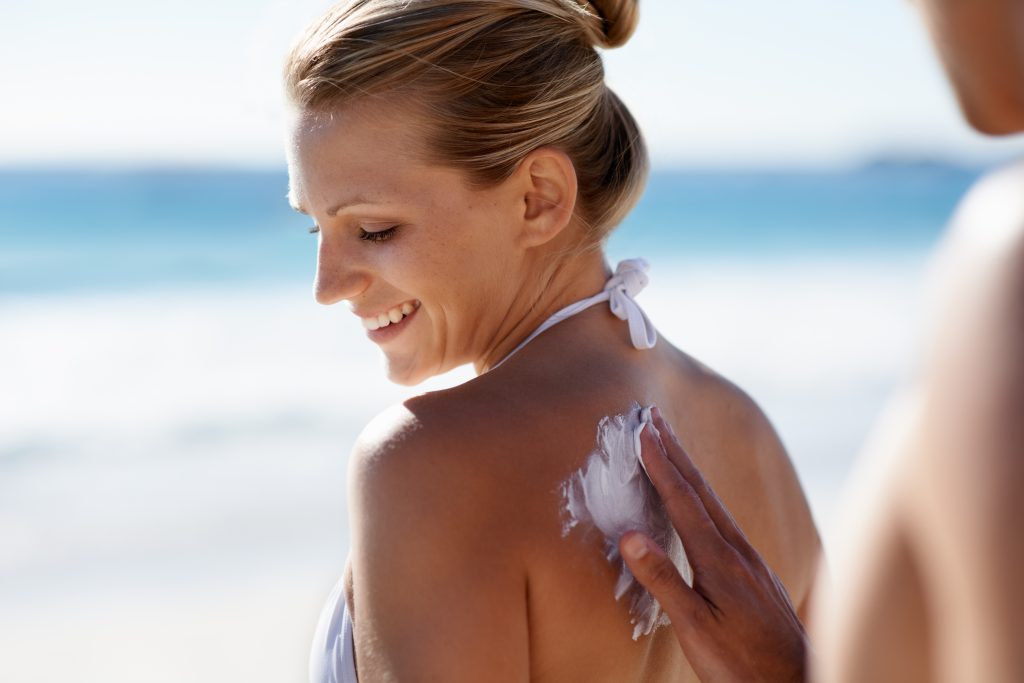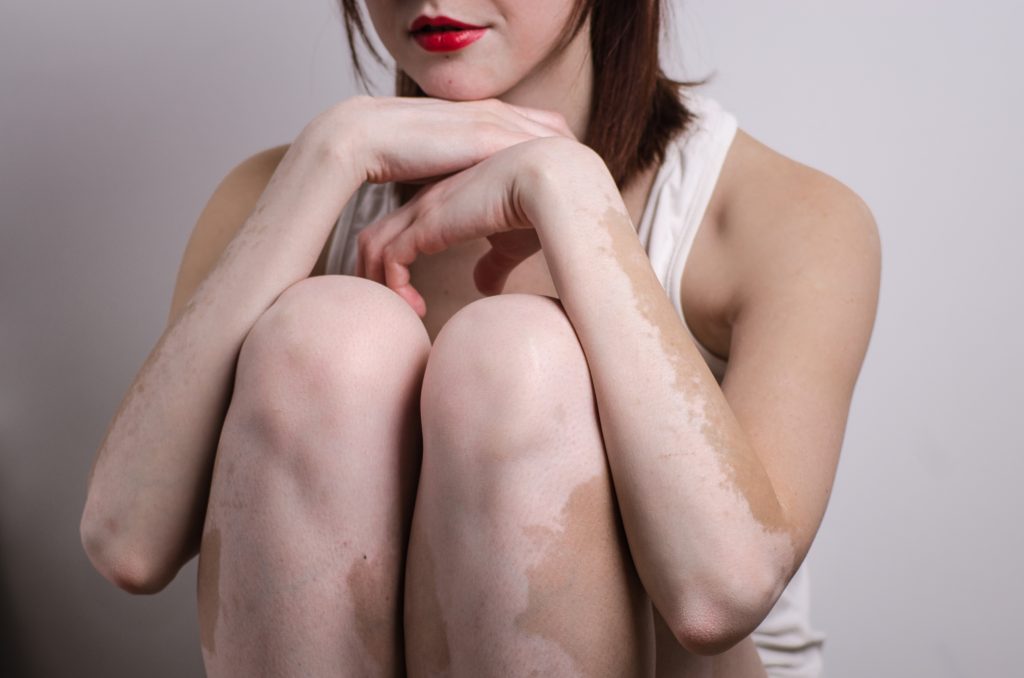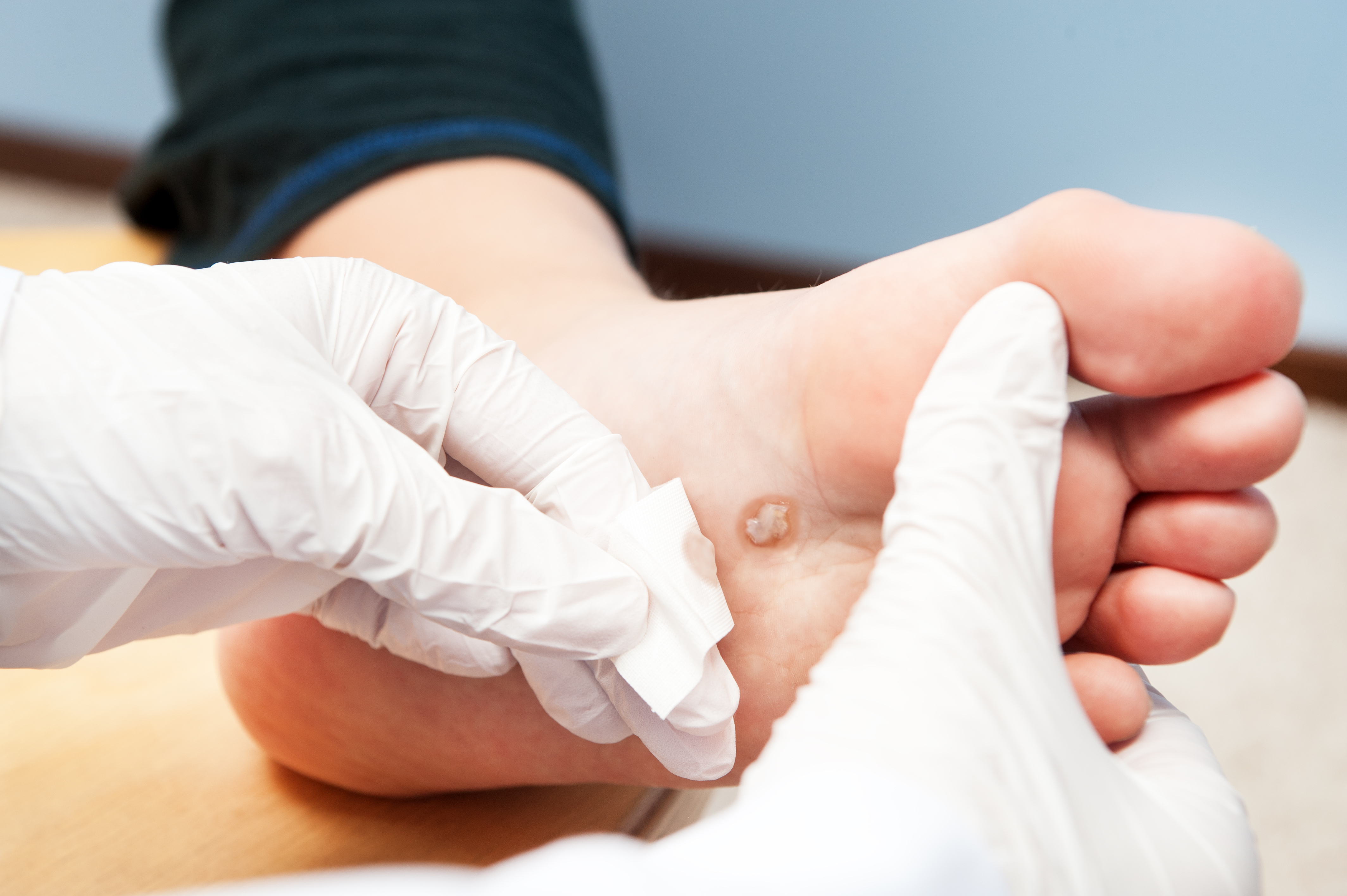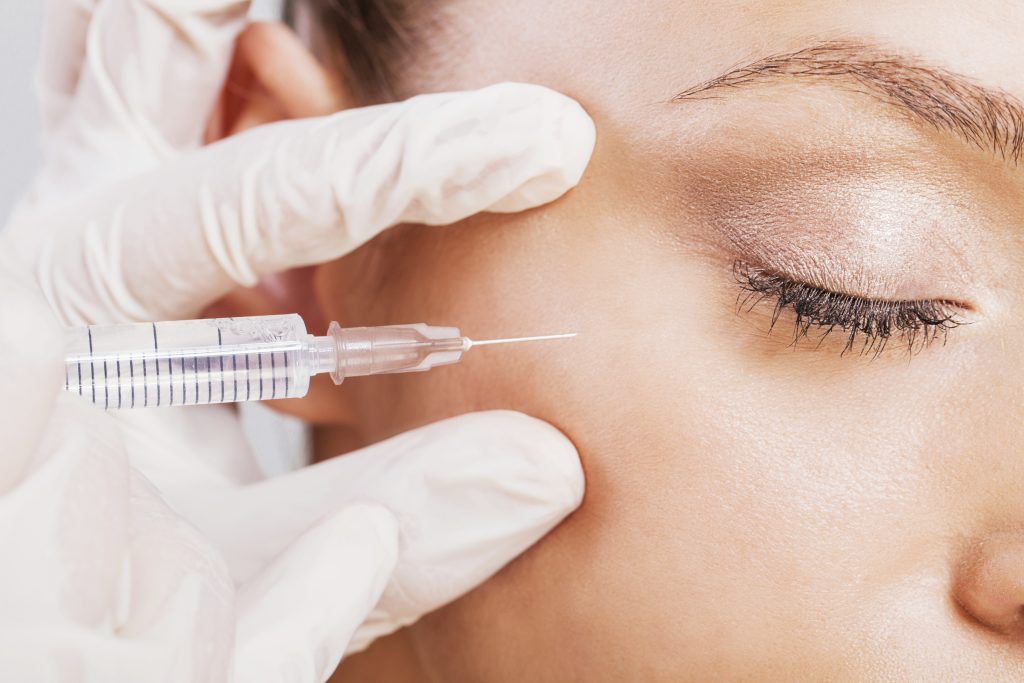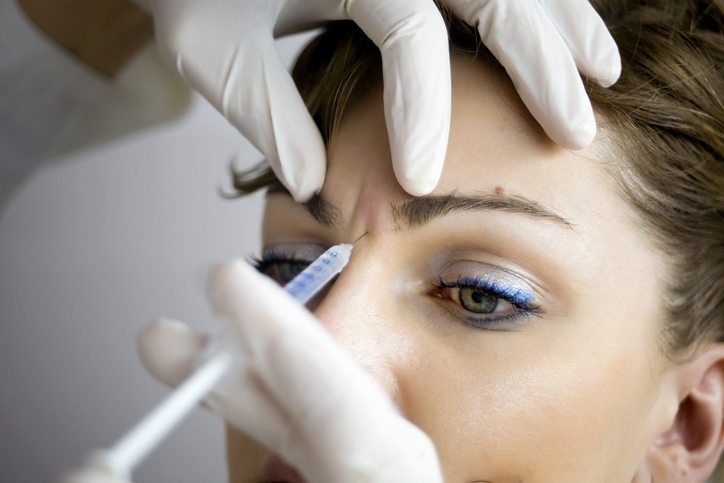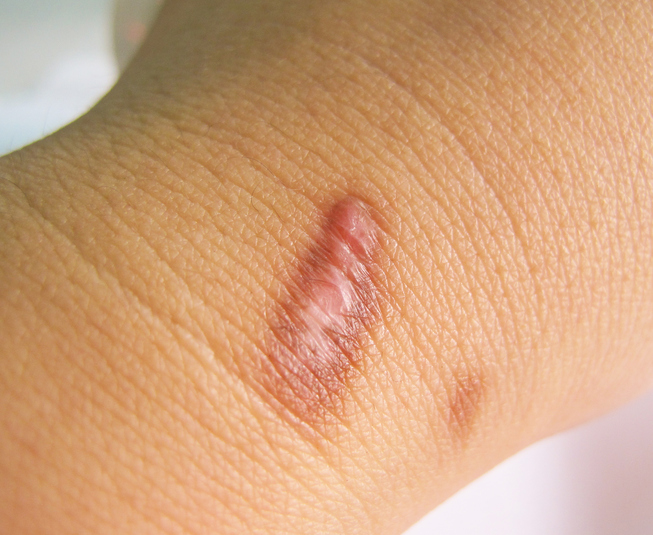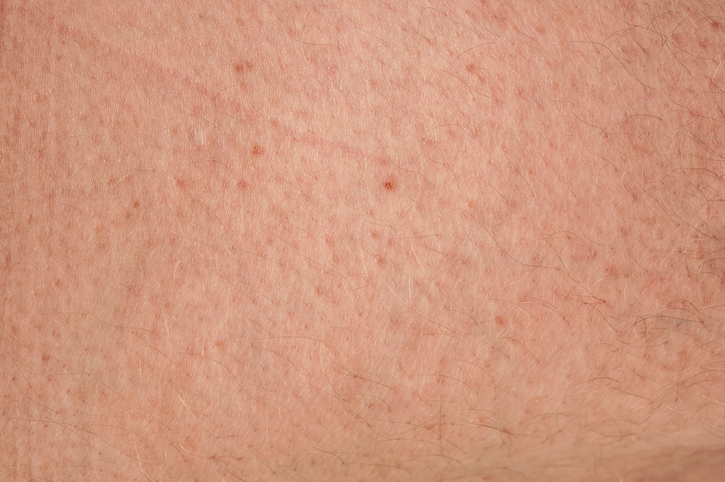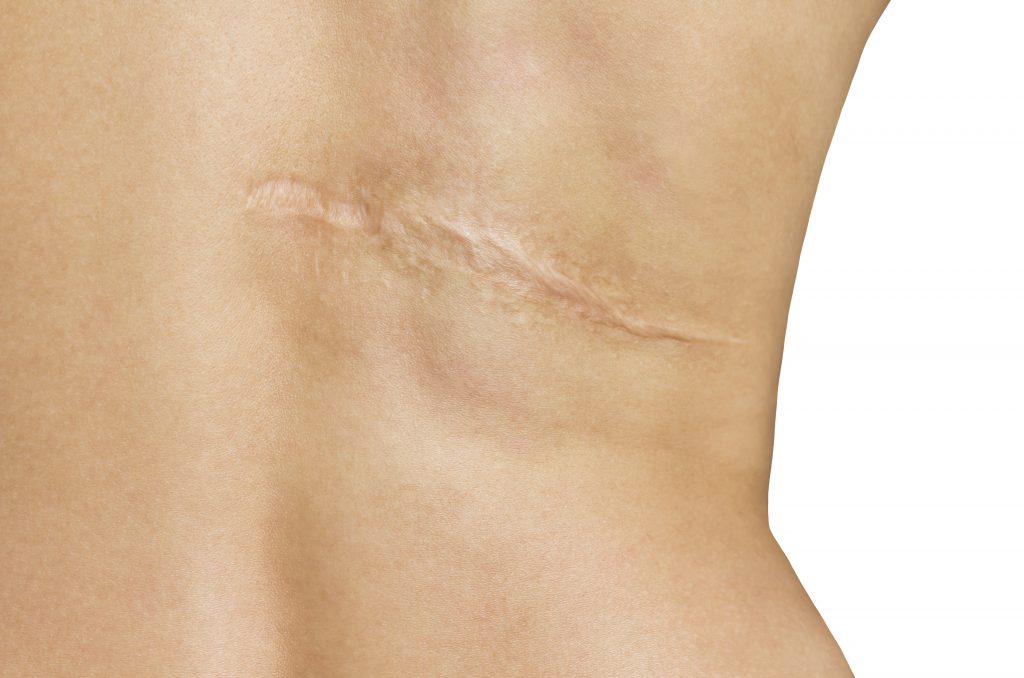Dr. Ashley DiLorenzo earned a Bachelor of Arts in Chemistry and Spanish with a minor in Economics from Miami University in Oxford, OH. She earned her medical degree from Loyola University Chicago Stritch School of Medicine. During a research experience in medical school, Dr. DiLorenzo’s interest in dermatology ignited and she fell in love with the specialty. She went on to complete her dual residency in dermatology and internal medicine in Washington, DC at Medstar Washington Hospital Center and Georgetown University Hospital, serving as Chief Resident in her final year.
Dr. DiLorenzo loves that dermatology offers a range of conditions and enjoys treating a variety of conditions such as skin cancer, acne, eczema, psoriasis, autoimmune diseases, blistering disorders, vitiligo, and allergy patch testing. “Dermatology is a facet of most other specialties, making it perfect for a team-based approach to take care of the person as a whole”, says Dr. DiLorenzo. She is fluent in Spanish and holds memberships with several organizations such as the Alpha Omega Alpha Honors Society, the American Academy of Dermatology, and the Women’s Dermatologic Society.
Dr. DiLorenzo met her significant other in DMV (D.C., Maryland, Virginia) where they fell in love and now call home. Outside of work, she enjoys recreating dishes from restaurants she’s visited.
She also loves staying active with interval training, golfing, skiing, tennis, paddle boarding, and kickball leagues with friends. Dr. DiLorenzo sees patients in our Silver Spring Maryland office. Contact us today to request an appointment.
Additional Languages
-
Spanish
Specialties and Affiliations
- Alpha Omega Alpha Honors Society
- American Academy of Dermatology
- Women’s Dermatologic Society


